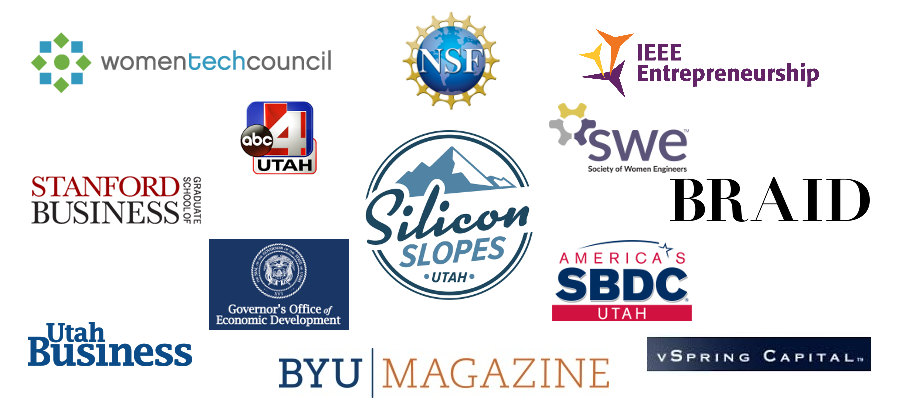I’ve talked a lot about investor capital, but there “are” other sources of capital out there that can sometimes be a good fit. A lot of entrepreneurs think that loans are the way to get capital to build a business, however they can be tricky and can end up being a waste of time. Here are some thoughts about bank loans and lines of credit as well as microfinance loans to help you avoid wasting time thinking your startup is suited for loans!
Bank loans and lines of credit
 It is common for entrepreneurs to consider a bank loan or line of credit as they consider capitalizing their business. Naturally many people have borrowed money for a car or home purchase and think that borrowing for a business will be similar. And, in some ways, it is similar, and in some ways it is dramatically different!
It is common for entrepreneurs to consider a bank loan or line of credit as they consider capitalizing their business. Naturally many people have borrowed money for a car or home purchase and think that borrowing for a business will be similar. And, in some ways, it is similar, and in some ways it is dramatically different!
First, most bank loans to small businesses are backed by the SBA or Small Business Administration. The SBA partners with banks, credit unions, and other financial institutions, to offer low(er)-cost government-backed business loans. These funds are targeted at key business uses, such as working capital, inventory, equipment, refinancing, and real estate. HOWEVER the SBA wants hard assets as collateral for the loan, so a loan for something like working capital or general expansion expenses will have to be backed by a hard asset that you own, including existing business real estate or equipment, or more likely, your personal home. That’s right, if you want an SBA-backed loan, you’d better be prepared to have the SBA slap a second or third mortgage on your home!
We considered buying a business with an SBA loan to finance a portion of the cost. We owned our home outright. The lender happily said that was no problem, they would put a first mortgage on our home! We quickly realized that if something happened to us as business owners, not only would the business likely sink quickly, but the so-called business bank could then immediately foreclose on our biggest asset, our home, and leave our young children homeless (and penniless)! Needless to say, we didn’t continue to pursue that route.
 Everyone who is familiar with SBA loan requirements, when being candid, will admit that the process is usually time consuming and that they SBA’s requirements are difficult to meet. It’s also important to remember that, like most forms of capital raising, plan for 12 months and hope for 6! The preparation to get a business loan requires a detailed business plan, years of business history, proof of either cash flow or suitable assets to secure the loan, not to mention plenty of meetings with bankers. Bottom line?
Everyone who is familiar with SBA loan requirements, when being candid, will admit that the process is usually time consuming and that they SBA’s requirements are difficult to meet. It’s also important to remember that, like most forms of capital raising, plan for 12 months and hope for 6! The preparation to get a business loan requires a detailed business plan, years of business history, proof of either cash flow or suitable assets to secure the loan, not to mention plenty of meetings with bankers. Bottom line?
How do you know you might be suitable for an SBA-backed loan?
1) Your company is looking to purchase hard assets (equipment) or real estate or construct a building that can be immediately liened by the bank as collateral
2) Your company is a robust business with a long history, significant cash flow, growing revenues, solid financials, an experienced team and borrowing the funds is really for “convenience” and to free up cash for expansion.
If you aren’t in this pool, then don’t waste your time with an SBA or other bank-funded loan!
Microfinance Loans
The term microfinance was originally used for programs to deliver micro, peer-supported amounts of capital to individual entrepreneurs in emerging economies with Grameen bank as an early global pioneer. The global microfinance loan portfolio is an estimated $30 billion serving an estimated 16 million people from over 7000 institutions.
By contrast, in the U.S., the site About Microfinance, estimates only about $21 million in microfinance loans. The Aspen Institute tracks U.S. microfinance organizations and, at their site Microtracker.org, counts about 367 microfinance groups in the U.S. which can be searched by state at https://microtracker.org/find/.
Some states have no formal microfinance organizations listed, although sometimes a quasi-public microfinance organization may be listed under state resources (see Library.VentureWrench.com for more state resources). It is important to note that the target for microfinance organizations is to truly fund micro-enterprises and loans may be only thousands of dollars up to $10,000 to $20,000 at the high end. Few microfinance organizations can scale to help small to medium businesses which need growth capital, but microfinance can help small lifestyle entrepreneurs without any access to traditional or personal capital get a start on their venture. Although the term microfinance is bandied about and very popular, it is not really a meaningful option for businesses with any meaningful capital needs.


1 thought on “Bank and Microfinance Loans as a Source of Capital….”
Comments are closed.